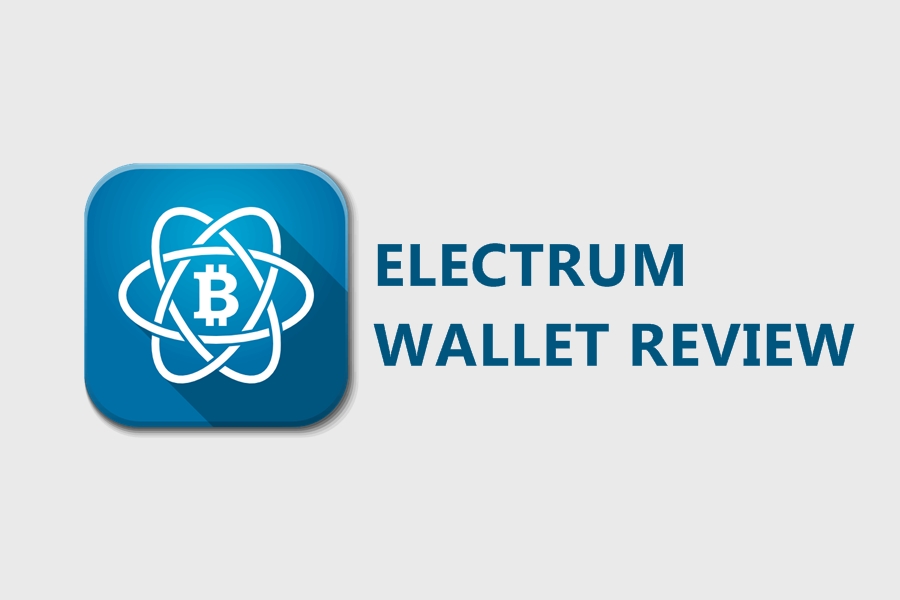


The first method is the integration of Verge and the TOR Onion network, which acts as an intermediary when you’re sending or receiving XVG coins, effectively hiding your address. Transactions on the Verge network hide user IP addresses using two methods, to ensure no one can physically trace the location of a sender or receiver. This means users can send each other XVG without any fear of being traced and then they can either keep the Verge currency as a store of value, spend them with vendors that accept the crypto, or exchange it for another more popular coin and withdraw to fiat money, without anyone tracking the origins of the money. Verge is a cryptocurrency that can be used as a fully-private exchange medium. Cryptocurrencies like Verge tend to solve this ever increasing issue of financial privacy by keeping absolutely all data that might reveal anything about the financial situation of users private. XVG: A Privacy-First Cryptocurrencyīanks, payment services, and other traditional financial institutions keep tight records of their users, including account balances and transaction history that is often used for purposes users haven’t consented to. Since there was no Verge ICO (initial coin offering) and no pre-mined XVG coins, the team didn’t gain any profits from this project. The rest of the Verge team is a mix of programmers and crypto enthusiasts from different parts of the world, including Australia, Russia, India, Germany and Switzerland, and all of the developers are actually volunteers that created the currency without any personal profit.

Anonymous crypto developers aren’t really trusted among crypto enthusiasts and this is why Sunerok and the rest of the team decided to reveal their identities to the public.
Verge electrum wallet software#
In the beginning, the project was promoted by an anonymous developer under the pseudonym Sunerok, but he soon decided to reveal himself as Justin Sunerok, a senior software engineer from Florida. The Verge team created a secure cryptocurrency that doesn’t expose any sensitive information regarding transactions and wallets, thus helping people avoid any unnecessary attention from third parties. While Bitcoin provides users with a certain degree of pseudonymity, since they don’t have to reveal personal information with their BTC addresses, if someone would want to track them and find their location or true identity, they could do it through a user’s IP address and web hosting service. Not only are wallet addresses publicly visible, but the amount of BTC that’s transferred between wallets and the amount that’s currently kept in any BTC wallet is also visible to anyone that analyzes the blockchain. The BTC blockchain is publicly available for browsing on the blockchain explorer platform, which isn’t that much of a problem, but the fact that wallet addresses are publicly available can be a serious privacy issue. The main reason for launching Verge was the opinion of several developers on the project that Bitcoin was simply too public of a project and thus attracted a lot of unwanted attention that could possibly backfire on BTC users. When the Verge project was initiated, it began as DogecoinDark in 2014, just a year after the launch of the original Dogecoin (DOGE) crypto in 2013. The main focus of the Verge cryptocurrency is privacy, but the developer team behind it also prioritized cheap transactions and high blockchain processing speed as core values of the project.

In this guide, we’ll take a detailed look at one of these privacy-first cryptos, Verge coin, to see how it works, where you can buy it, and what your options for securely storing XVG coins are. That’s why privacy-oriented cryptos like Monero (XMR), Zcash (ZEC) and Verge (XVG) were created, so people could exchange funds and send cash without fear of their personal information being monitored by big data companies, cyber criminals, or government institutions. This is why numerous developer teams quickly started working on cryptocurrency projects that would focus on user privacy, by providing people with the means to securely and anonymously send each other funds with the help of blockchain technology. However, Bitcoin’s blockchain didn’t provide user anonymity because it was still possible for third parties to track transactions between people around the world. When cryptocurrencies started becoming popular a few years after the launch of Bitcoin (BTC) back in 2009, the possibility of surpassing the whole contemporary monetary system by directly sending each other cash through the blockchain was something people were genuinely amazed at.


 0 kommentar(er)
0 kommentar(er)
